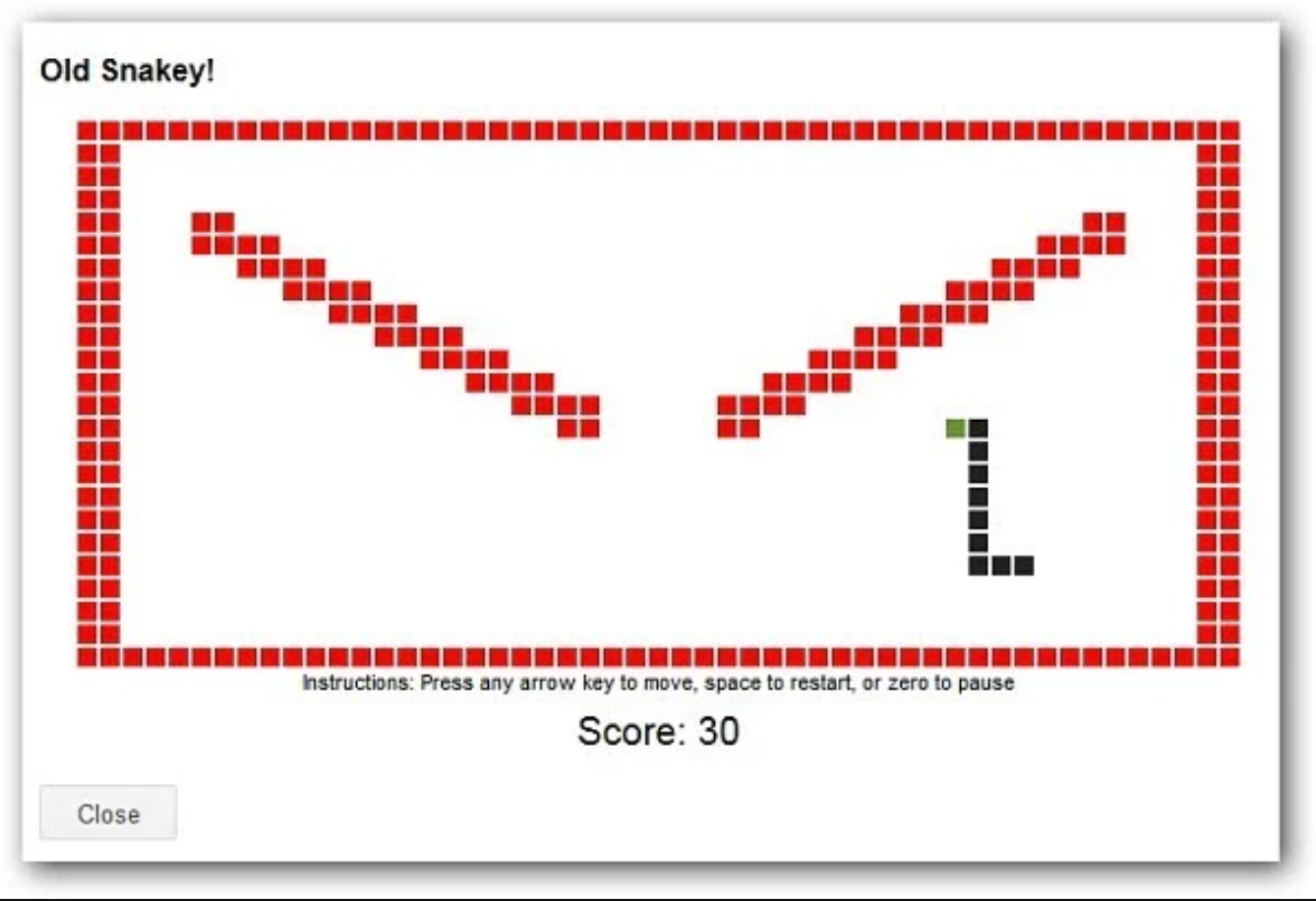IBM Lays Off 8,000 Employees for AI Automation, Only to Rehire Just as Many Soon After Because Of…
IBM made a bold move by laying off thousands, only to bring back just as many. A surprising shift in strategy is changing the way tech companies use AI. Routine tasks were automated, but something unexpected followed.
In 2023, IBM made headlines when it laid off 8,000 employees from its human resources department. The reason? A new artificial intelligence system called AskHR was set to replace routine tasks like payroll management, vacation requests, and employee documentation.
The company argued that this transformation would streamline operations, reduce costs, and ultimately boost productivity. And indeed, IBM reported an impressive $3.5 billion increase in productivity across more than 70 job roles.
However, the real twist came when the company’s total workforce didn’t shrink as expected. Instead of simply slashing jobs, IBM found itself rehiring in areas that required human creativity and expertise. Arvind Krishna, CEO of IBM, explained that the savings from automation were funneled into hiring more skilled workers for roles in software engineering, sales, and marketing. These new positions, focused on high-value tasks, became a direct result of IBM’s AI-driven evolution.
A Surprising Outcome: More Jobs Created, Not Fewer
The layoffs, which initially seemed like a cost-cutting measure, had the opposite effect. Arvind Krishna explained this surprising outcome during an interview with The Wall Street Journal: “Our total employment has actually gone up, because what [AI] does is it gives you more investment to put into other areas.”
In other words, while routine HR tasks were automated, IBM redirected the freed-up resources into areas that were resistant to automation. The demand for roles that required creative thinking, problem-solving, and human interaction—skills that AI cannot easily replicate—began to rise.
This was a bold pivot for a company that had made a name for itself in the AI space. By embracing automation, IBM didn’t just aim to reduce its workforce—it sought to reshape its entire employment model to fit a future where technology and human expertise work in tandem.
AI as a Job Creator, Not Just a Job Killer
IBM’s experience is part of a broader trend in the tech industry, where AI isn’t just replacing workers, but transforming the types of jobs available. Automation is most effective at handling routine, repetitive tasks, but it opens up opportunities for workers to focus on more strategic and innovative roles. This shift in job demands is not limited to IBM. Major tech players like Google and Spotify are also using AI to improve efficiency, yet they continue to hire for positions that require a human touch.
The impact on customer satisfaction is another unexpected benefit of automation. IBM’s AskHR platform processed over 11.5 million interactions in 2024, leading to a major improvement in customer satisfaction scores. The platform’s net promoter score (NPS) surged from -35 to +74, a dramatic jump that underscores the effectiveness of AI in handling customer inquiries. Still, despite its high success rate, 6% of requests still require human assistance, proving that AI, while powerful, cannot entirely replace the nuanced understanding and empathy that people provide.
Striking the Right Balance: Automation and Human Expertise
The ongoing transformation at IBM underscores the need for companies to carefully manage the balance between automation and human roles. While AI-driven technologies can greatly increase efficiency and cut costs, they also require companies to be strategic about how they integrate these tools into their workforce.
As Arvind Krishna pointed out, the automation strategy allowed IBM to invest more in areas that need human creativity and interaction, reinforcing that the future of work isn’t about eliminating people but reshaping the workforce to meet new demands.
This story of IBM shows how automation can both disrupt and create opportunities. As technology advances, businesses must be agile in adapting to the changes AI brings, while ensuring they continue to invest in human-driven areas where machines can’t yet compete.



